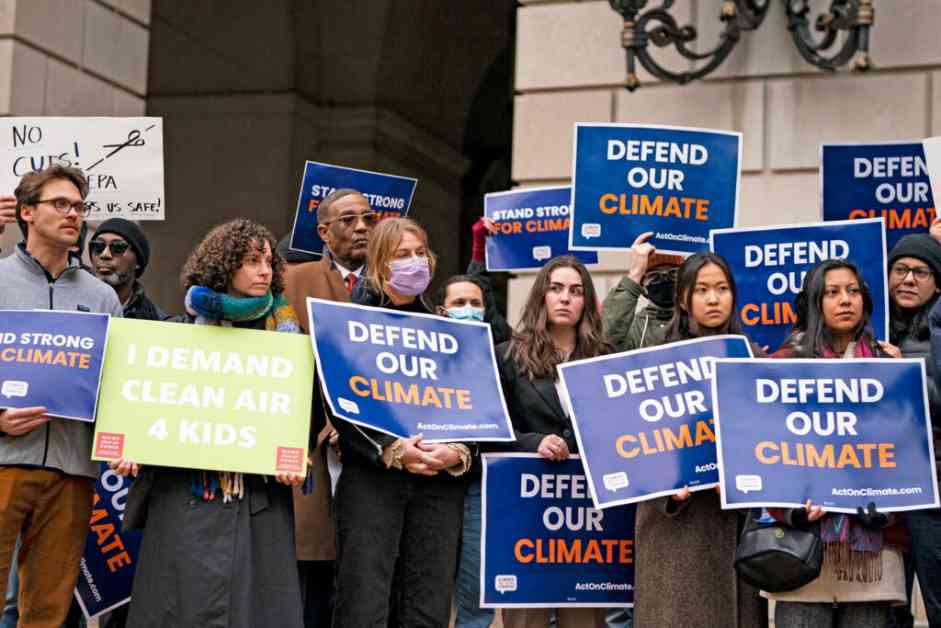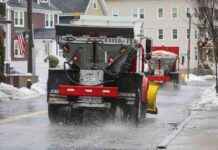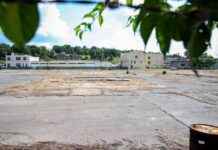Environmental Justice: A Battle for Fairness and Equity
Exposure to pollution and the impacts of climate change affects everyone, but Black, brown, and low-income Americans bear a disproportionate burden linked to discrimination. In a Louisiana region known as “Cancer Alley,” where the majority of residents are Black, the cancer risk is up to 47 times higher than the EPA’s acceptable limit. This disparity highlights the urgent need for environmental justice in communities facing pollution.
Earthjustice’s Fight for Justice
Environmental justice communities have been advocating against pollution for decades, with some victories along the way. Earthjustice, a team of environmental lawyers, recently supported Cancer Alley advocates in opposing the construction of a new Mitsubishi Chemical Group plant. This plant would have released harmful air pollutants, jeopardizing the health of residents. Due to community opposition causing costly delays, Mitsubishi ultimately canceled the project. However, each battle for environmental justice requires immense effort from locals and advocates challenging powerful industries.
As these fights intensify, the early actions of the Trump White House suggest a reluctance to address the pollution burdens faced by environmental justice (EJ) communities. The administration’s stance raises concerns about the future of environmental justice under federal policy.
Trump Administration’s Impact on Environmental Justice
Patrice Simms, a visiting professor at Harvard Law School and Vice President of Litigation for Healthy Communities at Earthjustice, sheds light on the historical context of environmental justice policies. He explains that the federal government began focusing on environmental justice in the early ’90s, with President Clinton’s executive order in 1994 marking a pivotal moment. This order set the foundation for addressing environmental justice, a principle that has endured through various administrations.
Contrastingly, President Trump’s administration has taken steps to revoke executive orders related to environmental justice, including the Clinton-era executive order from 1994. Simms expresses concern over the implications of these actions, emphasizing the importance of fair and nondiscriminatory practices in environmental policy.
Challenges and Opportunities for Environmental Justice Communities
Despite the setbacks in federal policy, Simms highlights the role of existing statutes like the Clean Air Act and Clean Water Act in empowering communities to advocate for cleaner environments. While the withdrawal of executive orders may disrupt federal agencies’ work on environmental justice, states have the opportunity to step in and address these issues locally.
In the face of uncertainty, environmental justice communities continue to push back against threats to their health and well-being. By engaging in advocacy efforts and collaborating with state governments, these communities strive to protect themselves from harmful pollution and toxic exposures.
In the midst of these challenges, what drives advocates like Patrice Simms to continue fighting for environmental justice? He credits the resilience and determination of communities on the front lines of pollution for inspiring his work. Witnessing the relentless efforts of individuals and families to safeguard their health and environment motivates him to persist in the battle for fairness and equity.
As the fight for environmental justice unfolds, the commitment of advocates and the resilience of affected communities remain central to driving positive change. Through collaboration, advocacy, and a steadfast dedication to protecting vulnerable populations, the pursuit of environmental justice continues to be a critical mission in safeguarding public health and well-being.














